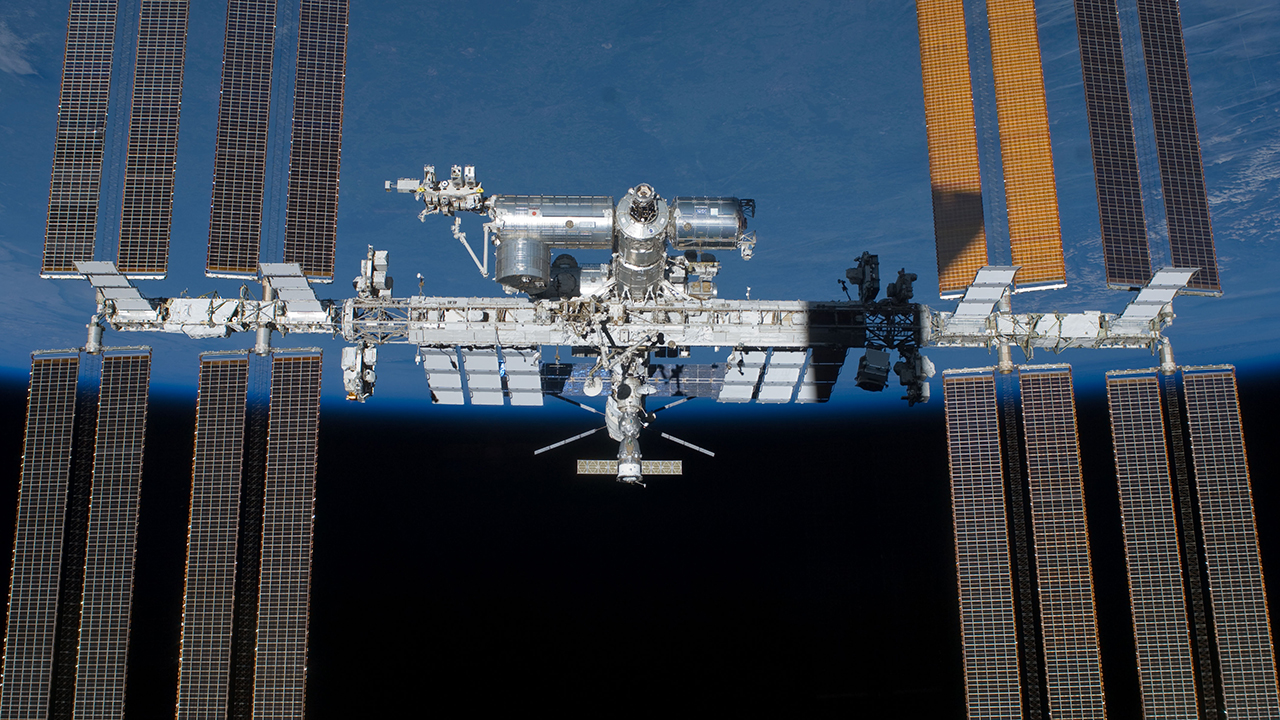Boeing Surface Habitat Demonstrator - Exterior
Laboratory, Proving Ground, Home
The International Space Station (ISS) is a permanently crewed on-orbit laboratory that enables scientific research supporting innovation on Earth and future deep space exploration. From design to launch, 15 countries collaborated to assemble the world's only permanently crewed orbital facility, which can support up to seven astronauts and 300 to 400 experiments per crew increment, across an array of disciplines. The ISS is the cornerstone of human activity in low Earth orbit, a cooperative global effort to expand our knowledge and improve life on Earth while testing technology that will build a LEO economy and extend our reach to the moon, Mars and beyond.
Boeing officially turned over the U.S. on-orbit segment of the ISS to NASA in 2010 and continues to provide key engineering support services and continual capability enhancements, as well as processing for laboratory experiment racks. Due to its modular systems and the limited degradation of the space environment, technical assessments have shown the station could safely operate beyond 2030 if NASA and its international partners choose to do so.
Feature Stories
Commercial Opportunities in Low Earth Orbit
ISS is hitting its stride as an incubator and business model in the commercial space ecosystem. Among the entities benefiting from ISS access is the Boeing-founded Genes in Space, a STEM contest that challenges students to design DNA analysis experiments for the ISS National Lab (managed by the Center for the Advancement of Science in Space, or CASIS). Winners’ experiments are launched to ISS to be performed by astronauts, with published results.
Boeing also partners with the ISS U.S. National Lab on the MassChallenge startup accelerator’s “Technology in Space” competition. Winning companies receive funding and the opportunity to have their research conducted on the station.
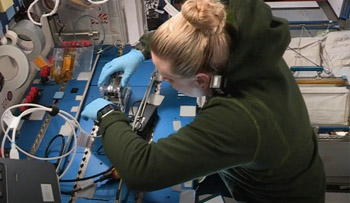
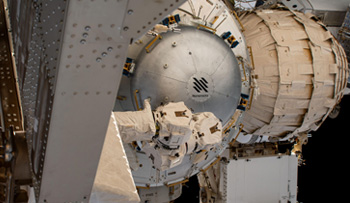
Benefits for Deep Space Exploration
The United States’ goal of sustained human exploration of deep space relies on advanced technologies such as surface habitats.
Boeing’s deep-space surface habitat concept builds on the company’s experience from designing, building and operating the ISS for more than 20 years, including recent advances such as superefficient lithium-ion batteries and roll-out solar arrays. Boeing is working on a habitation module and an airlock module that doubles as additional living/work space.
The ISS also gives researchers a unique environment to investigate the physiological and psychological effects of long-duration spaceflight, and to test deep-space technologies, in preparation for crewed missions to the Moon and Mars.
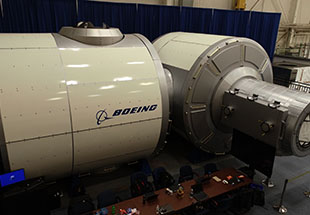
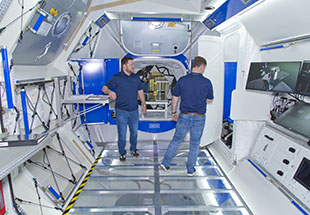
Boeing Surface Habitat Demonstrator – Habitation Module
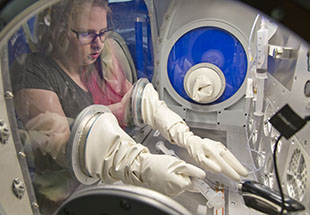
Boeing Surface Habitat Demonstrator – Research Area
Sustainability Is Built In
The International Space Station has inspired sustainability efforts here on Earth. From the station's smaller, more efficient solar arrays to its global humanitarian applications, see how discoveries on orbit help us innovate for a better tomorrow
ISS Video Tour
This NASA fly-through of the International Space Station uses a fisheye lens for extreme focus and depth of field. It’s narrated by ISS Mission Operations and Configuration Engineering Manager Jennifer Hammond.
International Space Station Gallery
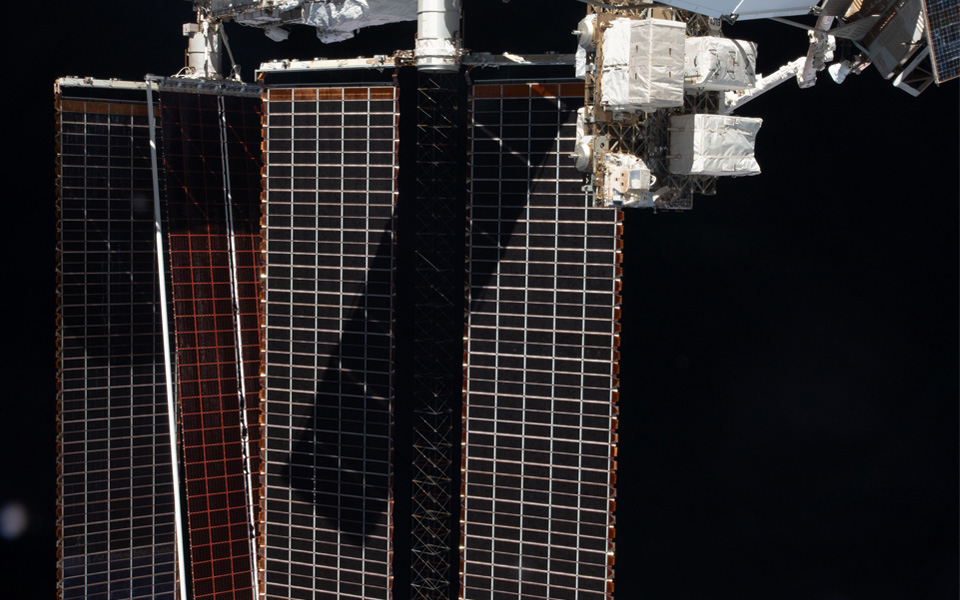
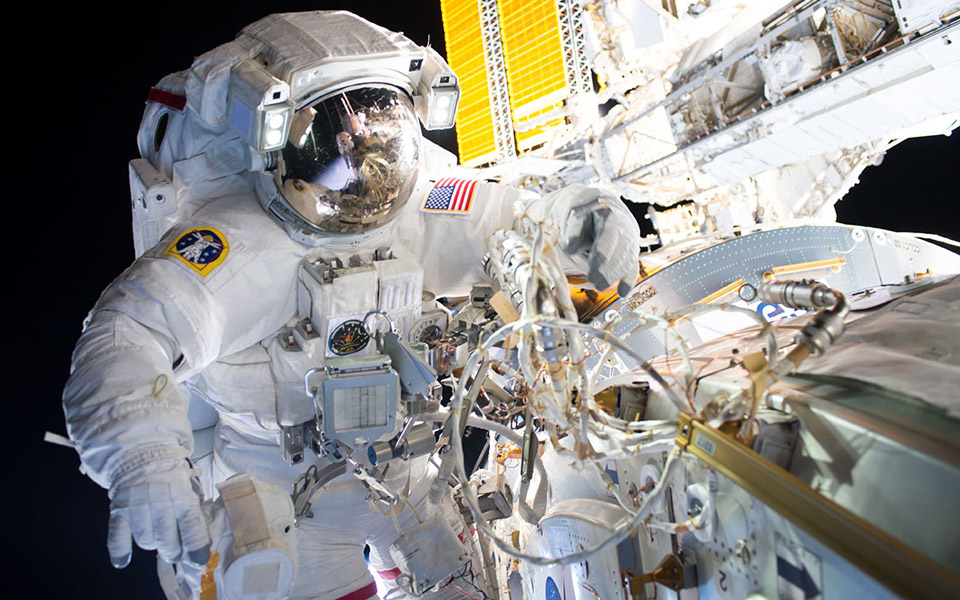
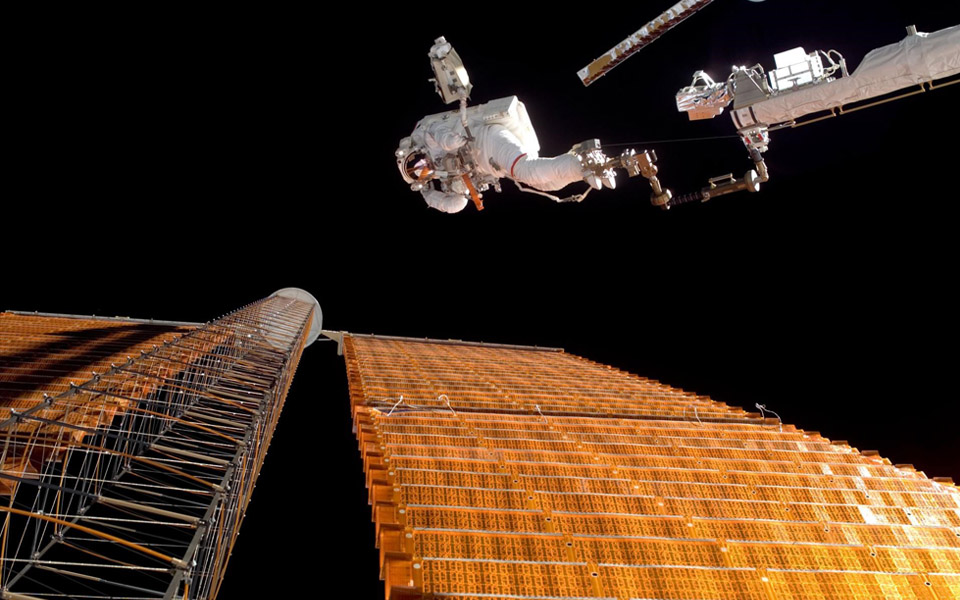
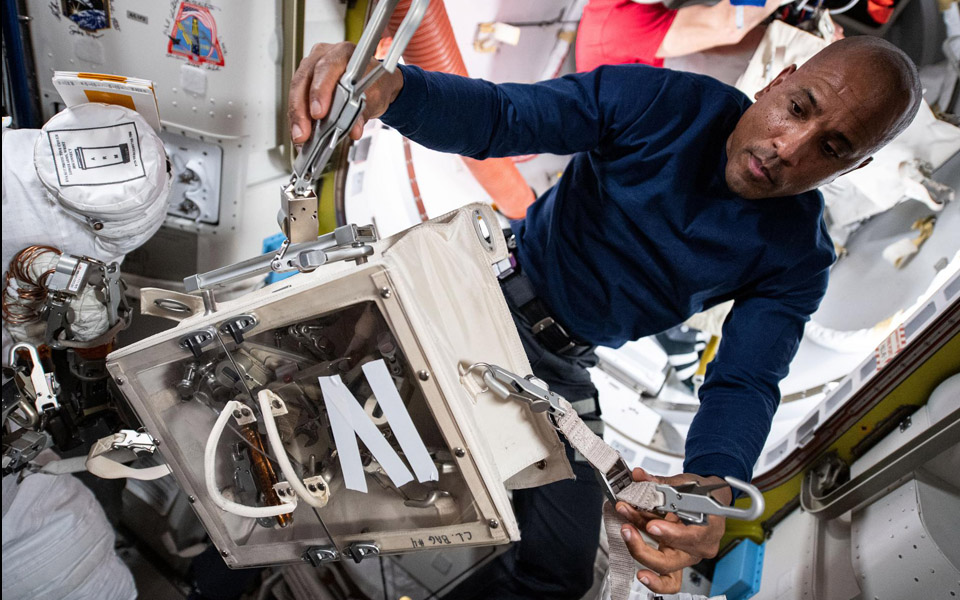

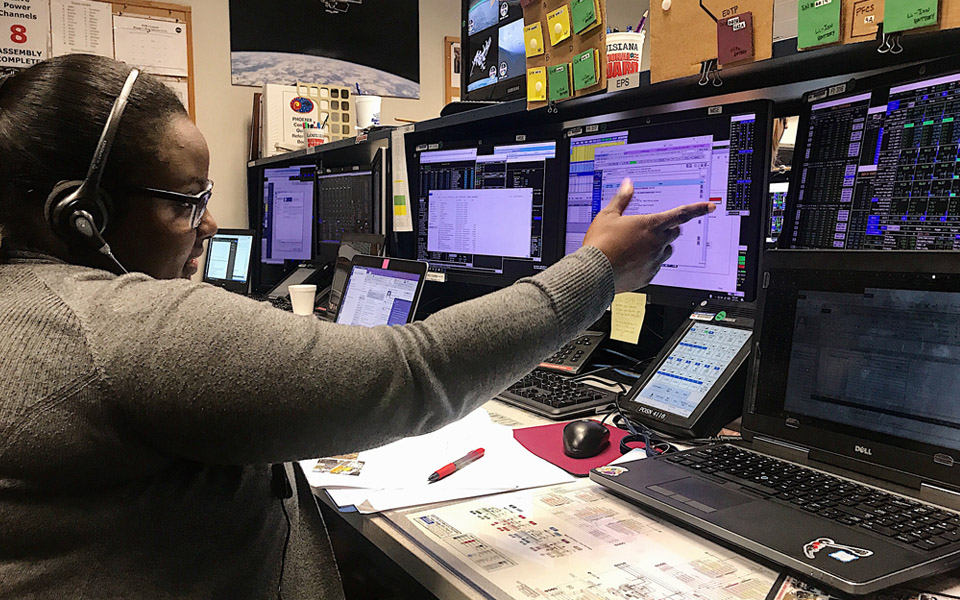
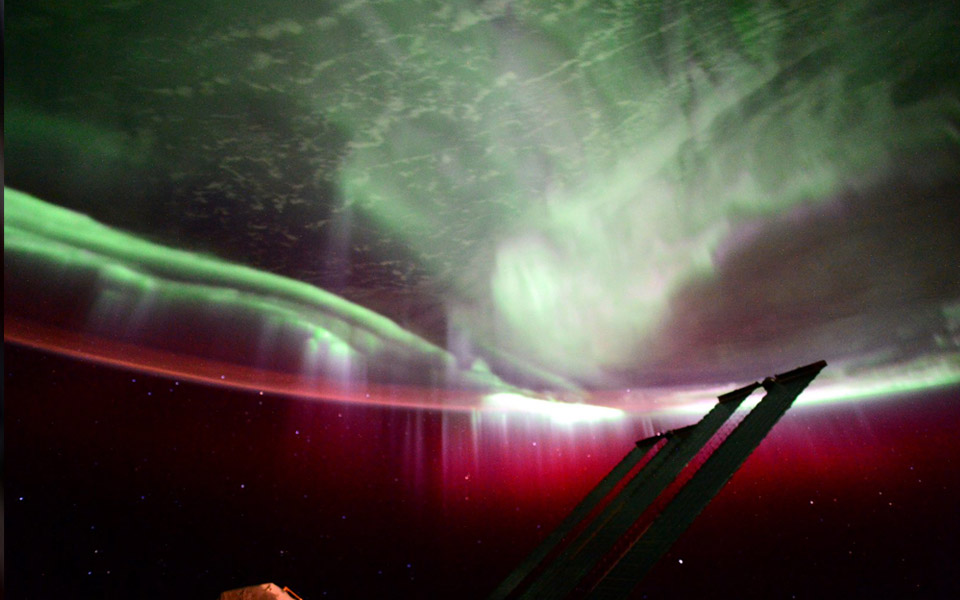
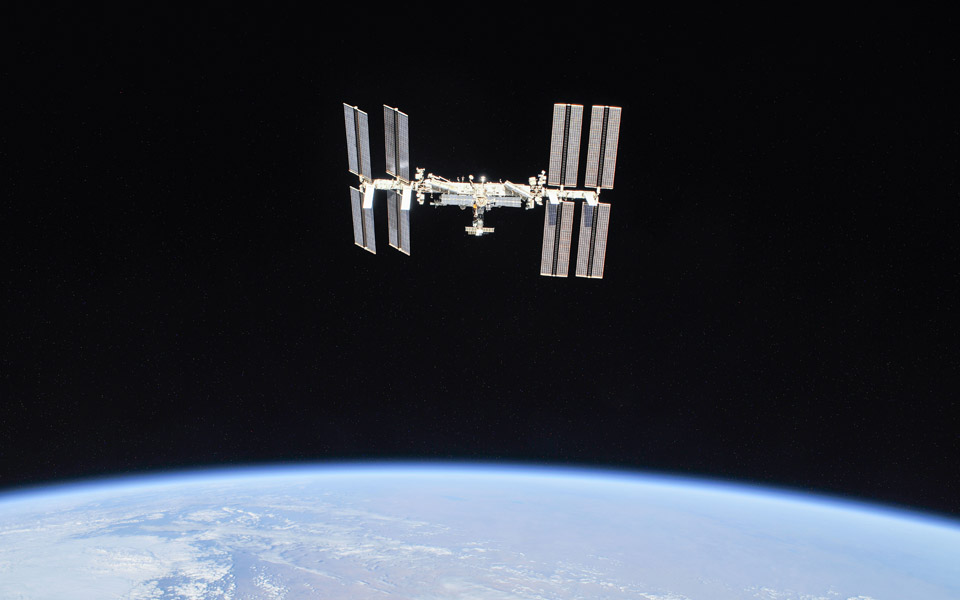
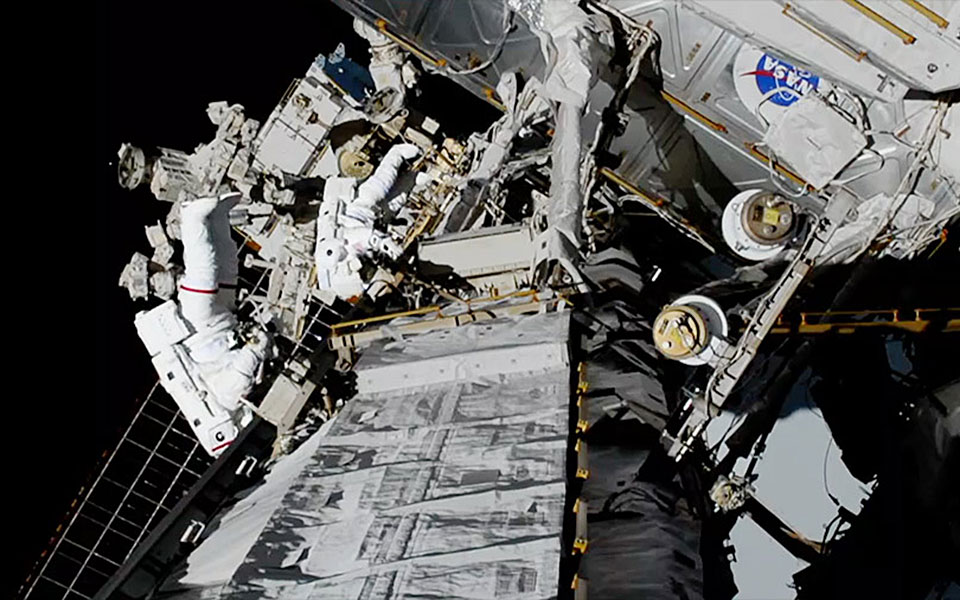
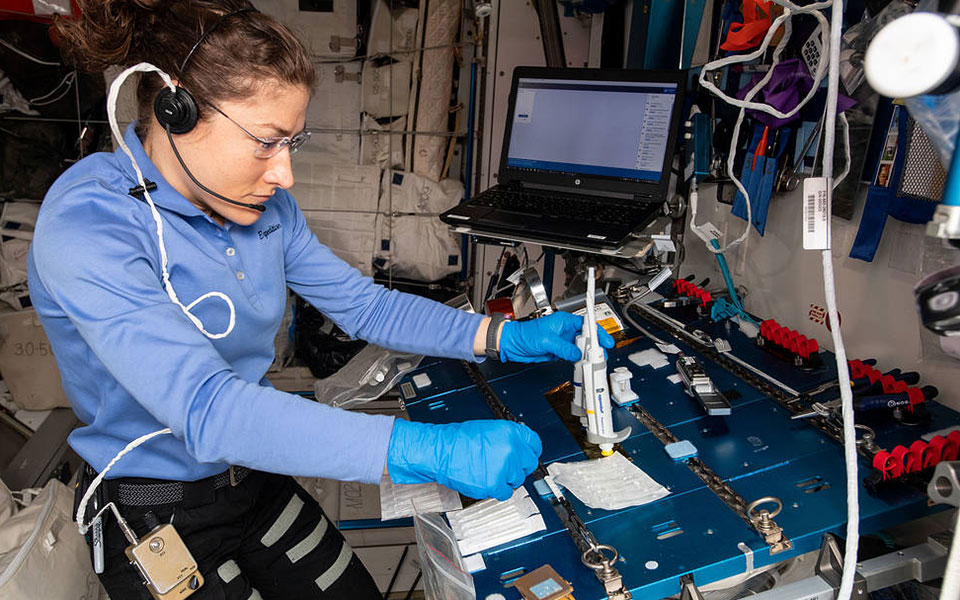
- 1
- 2
- 3
- 4
- 5
- 6
- 7
- 8
- 9
- 10
International Space Station Technical Specifications
| Length (pressurized section) | 167 ft (51 m) | Operating Altitude | 220 nmi (407 km) average |
| Total Length | 192 ft (58.5 m) | Inclination | 51.6 degrees to the Equator |
| Total Height | 100 ft (30.5 m) | Atmosphere Inside | 14.7 psi (101.36 kilopascals) |
| Solar Array Wingspan | 239 ft (72.8 m) | Pressurized Volume | 34,700 cu ft (habitable volume of 14,400 cu ft) |
| Integrated Truss Length | 357 ft (109 m) | Computers to Control Station | 52 |
| Mass (Weight) | 919,964 lbs | Power Generation | 120 kw (current) - 215 kw (with new solar arrays installed) |
| Current Position | Spot the Station |
The Nations of the International Space Station
NASA selected Boeing as prime contractor for the International Space Station on Aug. 17, 1993, and the original cost-plus-award-fee contract began on Jan. 13, 1995. Boeing is responsible for maintaining the station at peak performance levels so the full value of the unique research laboratory is available to NASA, its international partners, other U.S. government agencies and private companies.

Belgium

Canada

Denmark

France

Germany

Italy

Japan

Netherlands

Norway

Russia

Spain

Sweden

Switzerland

United Kingdom

